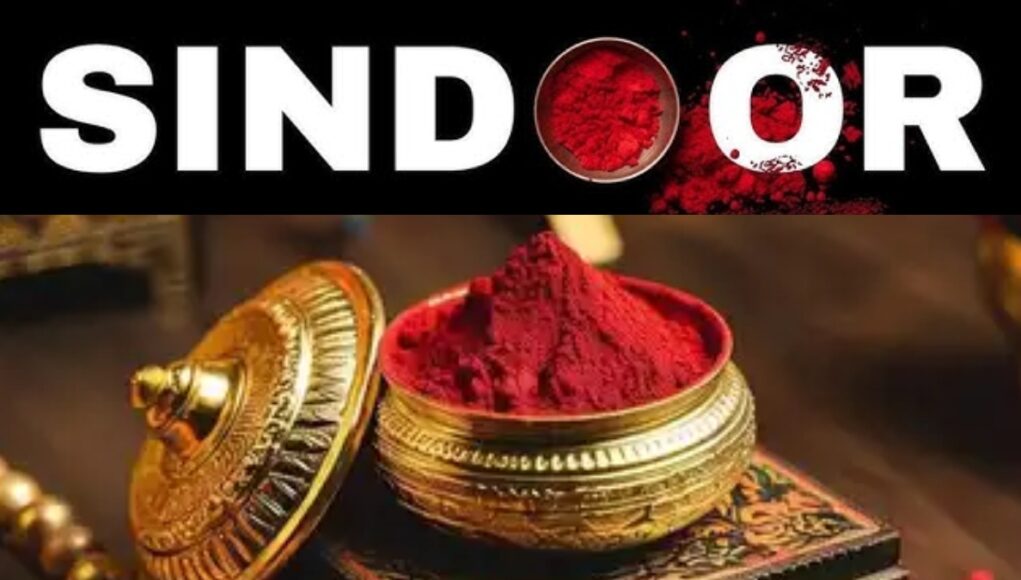Source : INDIATV NEWS
Uncover the dual significance of Sindoor in Indian culture and ‘Operation Sindoor.’ Learn about the cultural origins, symbolism, and importance of Sindoor in Hindu traditions. Explore the connection behind the name and its impact.”
Prime Minister Narendra Modi designated India’s counterstrike against terror sites in Pakistan as Operation Sindoor in revenge for the Pahalgam terror incident. The name, Operation Sindoor, is full of implications. The Pahalgam terror incident, in which 26 innocent people were massacred in cold blood, shattered as many families. The victims were collected up, quizzed about their religion, and then shot dead in front of their spouses and children.
It is, therefore, fitting that the operation to avenge their deaths is called ‘Sindoor.’ The Indian Army released an image with the words “Operation Sindoor” in block letters. One ‘O’ in Sindoor represents a bowl of vermilion. Some of it has spilt over, representing the brutality that stole the life partners of 25 women. The caption stated, “Justice is served. Jai Hind.”
What is the significance of ‘Sindoor’ in Indian culture?
Sindoor, also known as vermilion, is a traditional red or orange-red powder worn by many married Hindu women in India. It is typically applied along the parting of a woman’s hair (known as the “maang”) and sometimes on the forehead. More than just a cosmetic item, sindoor holds deep cultural, religious, and social significance in Indian society.
Origin of Sindoor
The use of sindoor dates back thousands of years. References to sindoor can be found in ancient Hindu scriptures like the Puranas and the Mahabharata. Archaeological findings from the Indus Valley Civilisation (around 3300–1300 BCE) suggest that women during that time also applied red powder on their parting. Traditionally, sindoor was made using natural ingredients like turmeric and lime, which turned red when combined.
Symbolism and Cultural Meaning
- Marital Status: Sindoor is a strong symbol of marriage. It is worn by married women as a sign of their marital status and is applied during the wedding ceremony by the groom, marking the beginning of the woman’s journey as a wife.
- Longevity of the Husband: In many Hindu communities, applying sindoor daily is believed to bring prosperity and long life to the husband. Widows traditionally do not wear sindoor, further reinforcing its association with marriage.
- Auspiciousness and Devotion: The red colour of sindoor is considered auspicious and is associated with energy, fertility, and the goddess Shakti. Wearing it is often seen as a form of devotion to one’s husband and to traditional values.
- Cultural Identity: For many Indian women, especially in rural areas, sindoor is also a marker of cultural identity and pride. It reflects their connection to customs, rituals, and community values.
Conclusion
Sindoor is more than a decorative powder; it is a powerful emblem of love, tradition, and spiritual belief in Indian culture. Whether viewed through a traditional or modern lens, its significance remains deeply rooted in Indian heritage.
ALSO READ: PM Modi coined name ‘Operation Sindoor’ for military strikes in Pakistan, PoK
SOURCE : INDIATV NEWS







